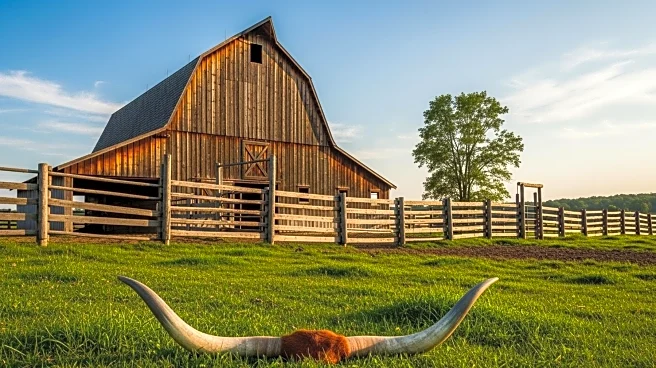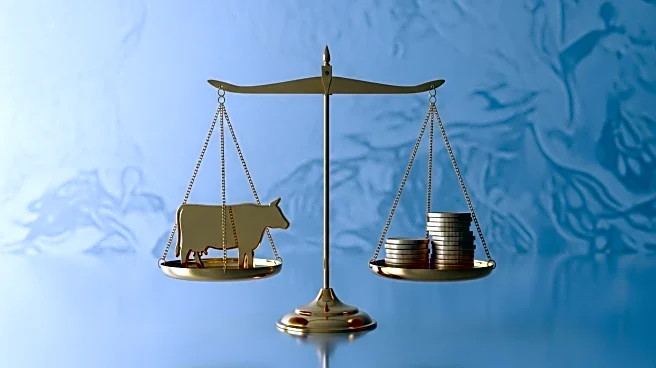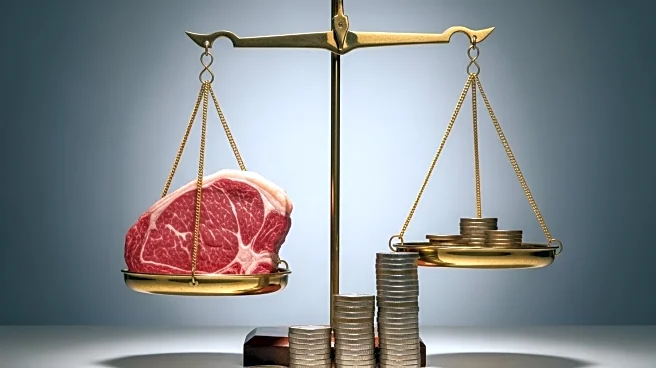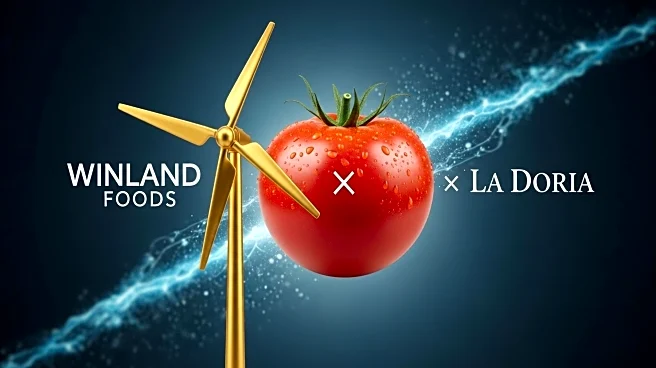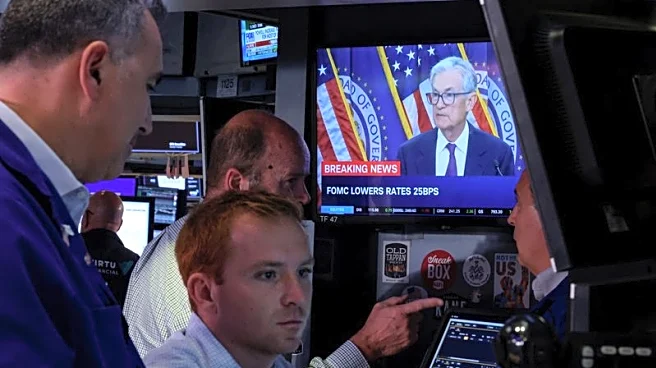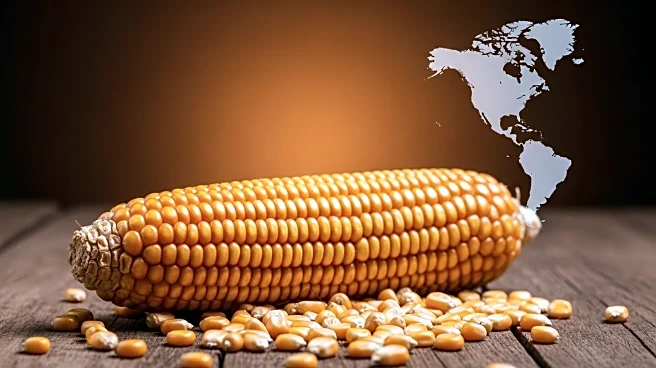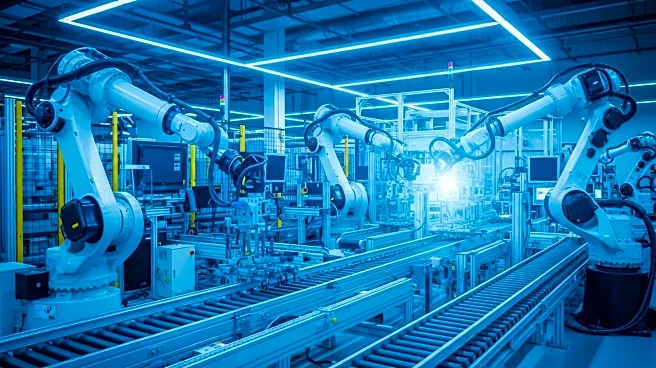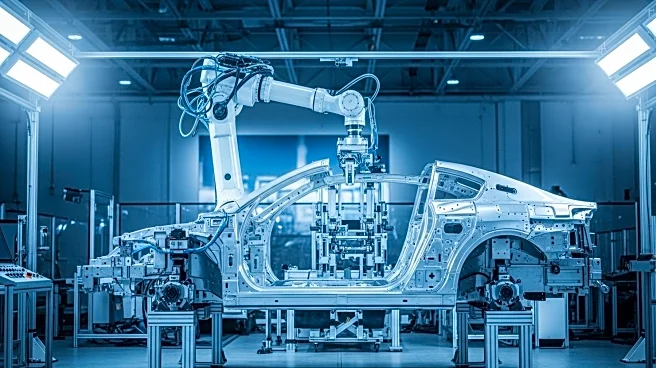What is the story about?
What's Happening?
The U.S. cattle industry is experiencing a significant increase in beef prices due to a combination of factors affecting supply. Rising feed prices, persistent drought conditions, and parasitic infestations have pressured cattle farmers, leading to higher beef prices. The Federal Reserve's Beige Book highlights that cattle prices remain historically high amid solid demand and a decline in beef production. A notable factor contributing to reduced production is the suspension of cattle imports from Mexico, implemented to protect U.S. livestock from the New World screwworm, a parasitic fly. This has resulted in fewer cattle entering the U.S., tightening supply and driving up prices. Despite these challenges, demand for beef remains strong, influenced by cultural factors and consumer trends.
Why It's Important?
The rising beef prices have significant implications for both consumers and the cattle industry. For consumers, higher beef prices mean increased costs for a staple food item, affecting household budgets and potentially altering consumption patterns. For cattle farmers, the situation presents a mixed scenario. While higher prices can benefit those who remain in the business, the pressures from drought, feed costs, and parasites may lead to further herd liquidation, impacting long-term industry stability. Additionally, the suspension of Mexican cattle imports exacerbates supply issues, highlighting vulnerabilities in the U.S. cattle supply chain. The situation underscores the need for strategic responses to environmental and economic pressures affecting agriculture.
What's Next?
The cattle industry may continue to face challenges as it navigates environmental and economic pressures. Farmers might need to adapt by exploring alternative feed sources or investing in technologies to mitigate the impact of drought and parasites. Policymakers could consider measures to support the industry, such as easing import restrictions or providing financial assistance to affected farmers. The ongoing trade dynamics, including tariffs and international agreements, will also play a role in shaping the future of beef prices and supply. Stakeholders will need to monitor these developments closely to anticipate further changes in the market.
Beyond the Headlines
The current situation in the cattle industry highlights broader issues related to agricultural sustainability and resilience. The impact of climate change on drought patterns and the emergence of new pests like the screwworm underscore the need for adaptive strategies in farming practices. Additionally, the reliance on international trade for beef supply raises questions about food security and the importance of diversifying supply sources. The cultural significance of beef in American diets also plays a role in maintaining demand, suggesting potential shifts in consumer behavior as prices rise.
AI Generated Content
Do you find this article useful?
